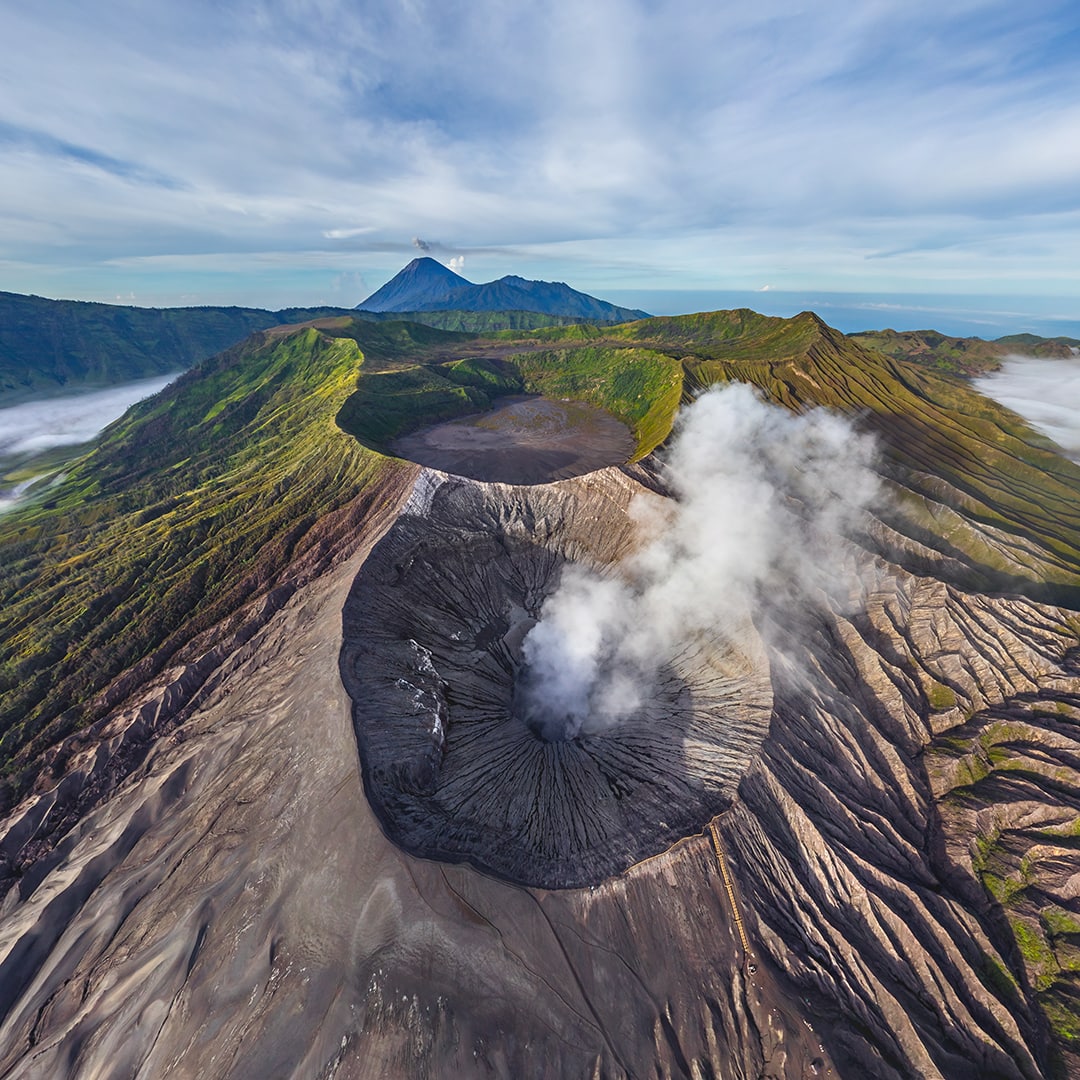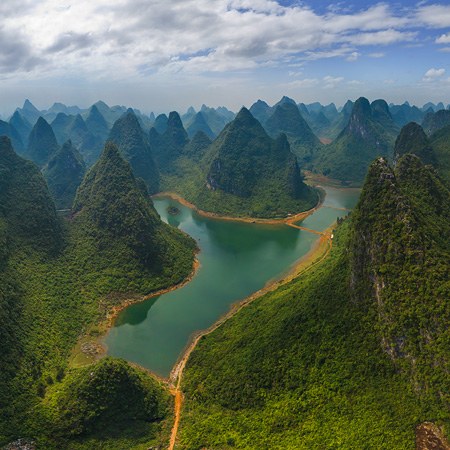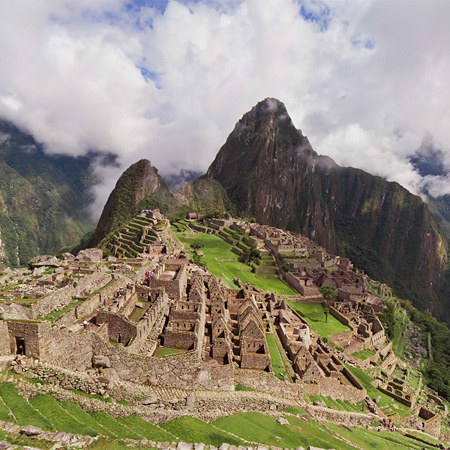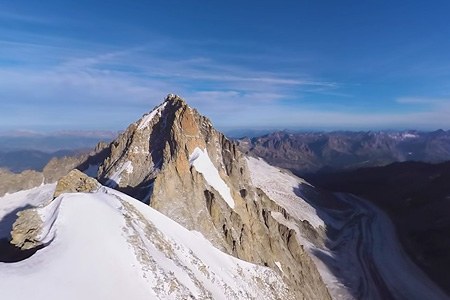Jellyfish Lake, Palau
In the Pacific Ocean, there is the Republic of Palau located 800 km east of the Philippines and 1,000 km north of New Guinea. It is the state that consists of around three hundred islands and most of them are uninhabited. One of them is particularly well-known: it is Eil Malk Island, a part of the Chelbacheb archipelago (the Rock Islands).
This coral island is covered with forests, measures 6 km long and 4.5 km wide and has 10 lakes on its surface. Even though they are connected to the ocean through cracks in the limestone, the outer world has had little impact on them and a unique ecosystem has evolved here. As a result, one of the lakes has become a home for jellyfish. There is no other place on the planet having such a great amount of them.

The lake appeared between 12,000 and 15,000 years ago. The first inhabitants were brought here from the ocean and the isolated character of this lake has subsequently resulted in a special evolutional way. There are only two jellyfish species in this lake: the golden jellyfish (Mastigias papua) and the moon jellyfish (Aurelia aurita) but they differ from those living in other waters worldwide and even in neighbouring lagoons. Biologists classify them as distinct species and continue to explore them.

The golden jellyfish has a rather unusual form: it is a "dome" with four tentacles. Lots of bright yellow jellyfish of different sizes fill the lake as if changing the colour of the water. Aurelia, in its turn, is transparent and has a very uncommon lifespan: instead of growing older, they are capable of reverting to the polyp stage. There is only one other "immortal" jellyfish in the world, Turritopsis dohrnii.

The "golden" inhabitants of Jellyfish Lake can live only in the upper layer: closer to the bottom, there is a lack of oxygen. They also perform daily migrations around the lake: in the morning they move from the centre of the western basin to the east; in the afternoon they return to the west and when the sun goes down, they again go back to the east and stay there overnight. They migrate counterclockwise, and there is a reason for these movements: jellyfish absorb dissolved nutrients from the water, prey on zooplankton and provide an equable exposure of the sunrays.
The moon jellyfish live in the opposite way. They rise to the surface of the water only at night when there are small crustaceans that jellyfish can eat. That's the reason Aurelia can't be found in the photographs, so the main models for taking pictures are the golden jellyfish.

The precise number of them can't be estimated: according to rough estimates, there are 2 millions of them! That's what makes this lake famous.

But there is a potential danger for a diver, as well. The point is that the lake is stratified into two layers. An oxygenated upper layer, the place where all inhabitants live, and a lower layer at the depth of 10-15 meters with a reduced oxygen content and lots of hydrogen sulphide, phosphorus and ammonia. This toxic environment is suitable only for rare "extreme-loving" bacteria and dangerous for people, so it is prohibited to dive that deep. The poisonous substances can get into the human body through the skin and cause serious health problems. Fortunately, the mixing of two different layers does not occur and the surface waters are safe for all living beings.

That's what many tourists come here for: to swim in an outstanding wonderful lake. Just take probably the most unusual "swimming" in your life together with AirPano panoramas!

Photos by Oleg Gaponyuk
7 October 2020
Read more
Photogallery Underwater panorama of Jellyfish Lake
Underwater panorama of Jellyfish Lake
 Golden jellyfishes. Split
Golden jellyfishes. Split
 Golden jellyfish (Mastigias papua)
Golden jellyfish (Mastigias papua)
 Golden jellyfishes
Golden jellyfishes
 Underwater panorama of Jellyfish Lake
Underwater panorama of Jellyfish Lake
 Golden jellyfish
Golden jellyfish
 Split with Jellyfishes
Split with Jellyfishes
 Jellyfish Lake Planet
Jellyfish Lake Planet
 Golden jellyfish (Mastigias papua)
Golden jellyfish (Mastigias papua)
 Split with jellyfish
Split with jellyfish
 Jellyfish Lake
Jellyfish Lake
 Jellyfish Lake
Jellyfish Lake












Virtual Travels in 360°
 Abbey of Montserrat, Spain
Abbey of Montserrat, Spain
 The Journey to Greenland
The Journey to Greenland
 Guilin National Park, China
Guilin National Park, China
 Machu Picchu — the ancient city of the Inca Empire
Machu Picchu — the ancient city of the Inca Empire
 Windmills of Holland. Part I
Windmills of Holland. Part I
 Warao Indians. Delta of the Orinoco River, Venezuela
Warao Indians. Delta of the Orinoco River, Venezuela
 New Year in Moscow 2018
New Year in Moscow 2018
 Mont Blanc, Italy-France. Part I
Mont Blanc, Italy-France. Part I
Show more


